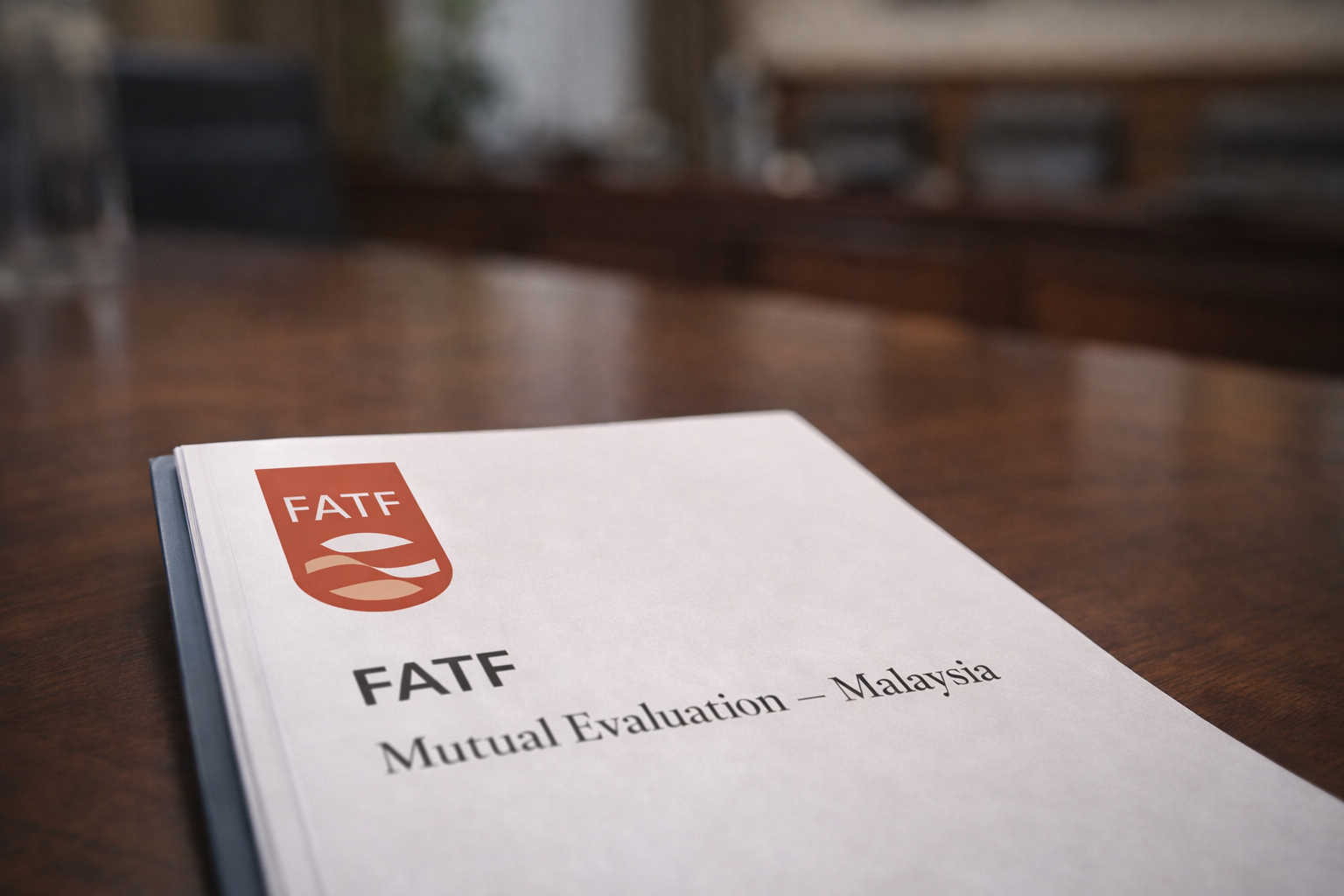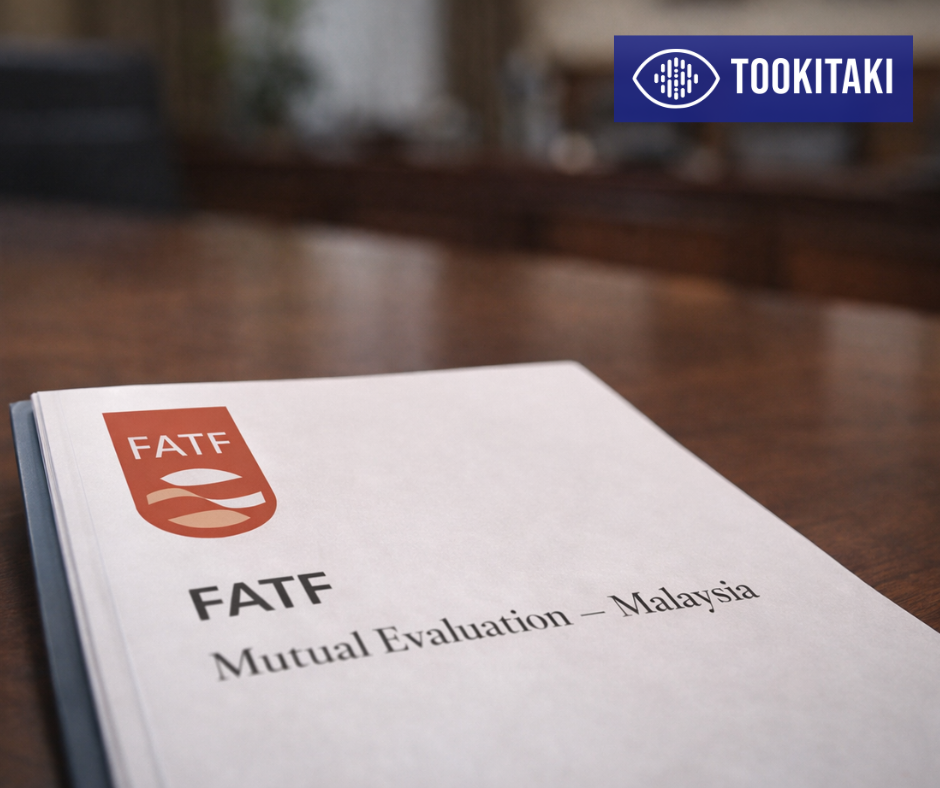A Guide To Anti-Money Laundering In Indonesia
.svg)
The largest economy in Southeast Asia is Indonesia, which has a GDP of over 1 billion US dollars. Due to the country's strong economy, Indonesia is also a G20 member. The country is vulnerable to financial crimes as a result of the money flow through it.
Indonesia was added to the FATF's "blacklist" of nations with a high risk of money laundering in 2012, and it was later taken off the list in 2015. 2018 saw the FATF admit Indonesia as an observer member.
APG, an organisation that localises FATF compliances in the Asia/Pacific region, and an associate member of FATF, both have Indonesia as a member state.
Indonesia is improving its ability to address vulnerabilities. There is generally a high level of technical compliance with anti-money laundering/combating the financing of terrorism (AML/CFT) standards, and authorities continue to develop regulations that are geared toward a risk-based approach. Only slight changes are required in terms of the coordination between the public and private sectors of the economy.
International Perception
The Basel AML index 2021, a global index of measuring AML/CFT risks of countries, ranks Indonesia at 76 in a list of 110 countries with the highest AML risk. The Basel AML Index measures the risk of money laundering and terrorist financing(ML / TF) in jurisdictions around the world. It is based on a composite methodology, with 17 indicators categorised into five domains in line with the five key factors considered to contribute to a high risk of ML/TF. It scores Indonesia 4.68 out of 10 (10 being the highest). This puts Indonesia in the medium-risk category.
Indonesia is categorised by the US Department of State Money Laundering assessment (INCSR) as a country/jurisdiction of primary concern in respect of Money Laundering and Financial Crimes.
Existing AML Framework in Indonesia
FATF Compliance In Indonesia
The international standard for the fight against money laundering and the financing of terrorism has been established by the Financial Action Task Force (FATF), which is a 33-member organisation with primary responsibility for developing a world-wide standard for anti-money laundering and combating the financing of terrorism. The FATF was established by the G-7 Summit in Paris in 1989 and works in close cooperation with other key international organisations, including the IMF, the World Bank, the United Nations, and FATF-style regional bodies.
Indonesia is the only G20 member country that has not been a member of FATF, but an observer.
To support its application for FATF membership, Indonesia strengthened its AML regulations in 2017. According to the new rules:
- To increase administrative transparency, all non-bank financial institutions in Indonesia are now made public.
- The PPATK now has extra investigative power and the ability to freeze bank accounts.
- Financial institutions that violate AML standards risk having their licences revoked and having their shareholders included on a five-year blacklist.
- Larger financial institutions and insurance businesses are subject to more stringent regulations.
- PPATK and the Australian Transaction Reports and Analysis Center (AUSTRAC) now collaborate on a number of projects, such as audits of PPATK systems and training sessions for preventing money laundering and other financial crimes.
The FATF Status of Indonesia
Indonesia was removed from the FATF List of Countries that have been identified as having strategic AML deficiencies on 26 June 2015.
IMF’s View of AML Risk
The International Monetary Fund (IMF) is contributing to the international fight against money laundering and the financing of terrorism in several important ways, consistent with its core areas of competence. As a collaborative institution with near universal membership, the IMF is a natural forum for sharing information, developing common approaches to issues, and promoting desirable policies and standards -- all of which are critical in the fight against money laundering and the financing of terrorism.
In March 2022, they published a report that included key Financial Sector Assessment Programme (FSAP) recommendations for Indonesia, including integrating key money laundering or terrorist financing (ML/TF) risks in the priorities and operations of relevant agencies.
An earlier report published in January 2021, stated that as digitalisation accelerates in Indonesia during and post COVID-19, risks emerging prior to the pandemic are becoming even more relevant. Increased use of digital technology leads to increased vulnerability to data and privacy risks, loss of digital connectivity due to natural disasters, cyber-attacks, money laundering and terrorist financing, which may worsen if the use of digital means is scaled up in times of crisis.
Regulators and Legislators in Indonesia
Regulators
The Financial Services Responsibility of Indonesia, also known as Otoritas Jasa Keuangan (OJK), and Bank Indonesia (BI/ Central Bank of Indonesia), are in charge of creating AML legislation in Indonesia and have regulatory and oversight authority over all banks and financial institutions.
The OJK - Financial Services Authority of Indonesia is an Indonesian government agency which regulates and supervises the financial services sector. Its head office is in Jakarta. It was founded in 2011 as an independent, autonomous agency with a mandate to safeguard Indonesia's financial stability. As part of this responsibility, the OJK issues banking licences and keeps track of AML compliance.
PPATK - The Indonesian Financial Transaction Reports and Analysis Center or INTRAC or PPATK is a government agency of Indonesia, responsible for financial intelligence. The agency is formed in 2002 to counter suspected money laundering and provide information on terrorist financing
Legislation in Indonesia
In addition, the Bank of Indonesia issued Regulation No. 14/27/PBI/2012 on implementation of Anti-Money Laundering and Combating the Financing of Terrorism Programmes for Commercial Banks as well as Regulation No 19/10/PBI/2017 regarding the adoption of an “Anti-Money Laundering and Prevention of Terrorism Financing for Non-Bank Payment System Service Provider and Non-Bank Currency Exchange Service” Procedure. Extensive regulations exist related to the application of know your customer (KYC) standards.
The main piece of anti-money laundering law in Indonesia is OJK Regulation No.12/POJK.01/2017 concerning the Implementation of the Anti-Money Laundering Programme and Terrorist Funding Prevention in the Financial Service Sector. The law mandates that institutions adopt a number of AML and CFT provisions that adhere to OJK and FATF norms.
Sanctions in Indonesia
There are no international sanctions currently in force against this country.
Penalties for Money Laundering in Indonesia
There are a number of potential penalties for breaking Indonesia's anti-money laundering laws, including fines of between IDR10 billion and IDR100 billion and prison sentences of up to 20 years.
AML Challenges in Indonesia
Indonesia remains vulnerable to money laundering due to gaps in financial system legislation and regulation, a cash-based economy, weak rule of law, and partially ineffective law enforcement institutions that lack coordination.
Along with drug trafficking and illicit logging, wildlife trafficking, theft, fraud, embezzlement, and the sale of fake goods are additional risks, as is the financing of terrorism, corruption, and tax evasion.
The banking, financial markets, real estate, and auto industries are used to launder criminal proceeds before they are transferred back home.
Improvements still need to be made in the areas of analytical training for law enforcement, increasing judicial authorities' knowledge of pertinent offences, improving technical capacity to conduct financial investigations as a regular part of criminal cases, and more training for those working in the financial services industry. Additionally, the bank secrecy laws make it difficult for investigators and prosecutors to perform effective asset tracing because they need better access to complete banking records.
What Needs to be Done?
AML Requirements in Indonesia
The following measures from a government perspective can help reduce the country’s AML/CTF risk:
- Strengthening of AML laws and regulations on par with international standards and adhering to the FATF risk-based approach
- Assessing the capabilities of modern technologies such as machine learning and big data analytics in enhancing the effectiveness of AML compliance programmes and encouraging local FIs to use these technologies.
Banks and financial institutions in Indonesia respond to the challenges of money laundering they face by enhancing their anti-money laundering regulations and working toward the criteria outlined in the FATF's 40 Recommendations.
The FATF AML policy relies heavily on the risk-based approach, which involves determining the level of risk that particular clients and customers pose. Practically speaking, Indonesian AML compliance strategies must:
- Customer Due Diligence (CDD): Implement appropriate customer due diligence measures in order to identify customers and clients. Enhanced due diligence measures are also necessary for high-risk customers.
- Customer Identification and Screening: Screen customers against international sanctions list, adverse media, and politically exposed persons (PEP) lists.
- An AML Programme and Officer: Appoint a dedicated AML compliance officer to oversee the internal AML programme.
- Reporting of Suspicious Transactions: This FATF recommendation states that financial institutions should report suspicious transactions to the relevant financial intelligence unit (FIU) promptly.
How Tookitaki Can Help?
Innovations in tech have led to financial institutions - traditional as well as new-age ones such as digital banks, wallets, payment service providers, etc. - facing more complex financial crime challenges, particularly in the area of money laundering. Current siloed, rules-driven AML systems are not designed to keep pace with the growing business and compliance challenges that have emerged due to FinTech-led disruption in the space. These solutions struggle to:
- Keep up to date with sophisticated money laundering techniques
- Scale seamlessly to support real-time processing of huge transaction volumes
- Adapt to recognise and account for fast-changing customer behaviour
- Avoid ultra-high false positivesand piling up of huge alert backlogs
- Provide a holistic risk view (from AML/CFT standpoint) for each customer along with their activity footprint
- Keep up with the fragmented regulatory landscape and frequent amendments
To address these issues, Tookitaki developed the Anti-Money Laundering Suite (AMLS), an end-to-end AML operating system. The suite comprises Transaction Monitoring, Dynamic Customer Risk Review, Smart Screening (covering Customers as well as Payments) and Case Management solutions under one roof for all AML needs. Through Anti-Money Laundering Suite (AMLS), Tookitaki enables financial institutions to have comprehensive risk coverage in terms of AML insights out-of-the-box at all times.
This is made possible by Tookitaki’s game-changing approach to democratising AML insights, with the aid of an ecosystem of AML experts, through a privacy-protected federated learning framework. Tookitaki has enabled AML experts from all around the world to create and share the largest library of patterns of money laundering and financial crime behaviour, often called typologies. Tookitaki’s typology repository is a first-of-its-kind initiative allowing banks and financial institutions to join forces in the fight against financial crime.
Money laundering is based on a complex trail of financial transactions. Multiple complex rules are required to effectively monitor one pattern. Tookitaki has created a tool which allows firms to design rules based on real-life red flags. Instead of managing hundreds of rigid rules, AML officers can leverage fewer typologies which are easier to maintain and explain to regulators, whilst providing better risk coverage than static rules. Tookitaki’s Transaction Monitoring solution unlocks the power of typologies to detect hidden suspicious patterns and generates fewer alerts of higher quality.
Contact us today to learn how your business can benefit and strengthen your compliance efforts. Our team of experts are on hand to answer all your questions.
Experience the most intelligent AML and fraud prevention platform
Experience the most intelligent AML and fraud prevention platform
Experience the most intelligent AML and fraud prevention platform
Top AML Scenarios in ASEAN

The Role of AML Software in Compliance









